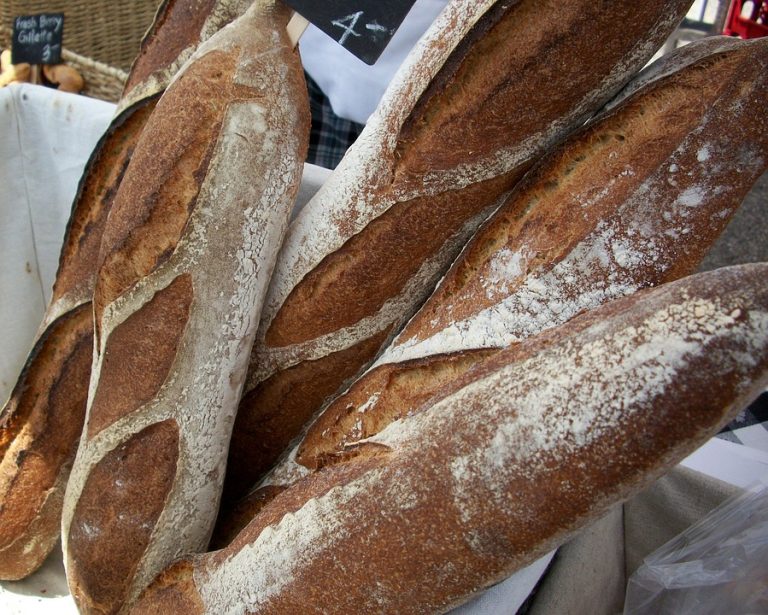
Homemade bread is a staple in many homes, as it is not only delicious but also versatile and filling. Whether you’re making a simple loaf of white bread or a complex, multigrain variety, it’s important to understand the nutrition facts, including the calorie content, in order to make informed dietary choices.
When it comes to calories in homemade bread, the exact amount will depend on the type of bread and the ingredients used. For instance, a basic white bread made with flour, water, yeast, and a small amount of sugar typically contains around 80-90 calories per slice. On the other hand, a whole grain or multigrain bread may have slightly more calories due to the additional ingredients like seeds, nuts, and grains.
It’s important to note that the method of baking can also affect the calorie content of homemade bread. For example, if the bread is brushed with butter or oil before baking, this will add extra calories. Additionally, the size of the slices also plays a role in the calorie count, so it’s important to keep portion sizes in mind.
When it comes to the nutritional value of homemade bread, it’s not just about the calories. Homemade bread can be a good source of essential nutrients like fiber, protein, and various vitamins and minerals, depending on the ingredients used. Whole grain bread, for example, is packed with fiber, which can help promote a healthy digestive system and keep you feeling full for longer.
If you’re watching your calorie intake, there are ways to make homemade bread lower in calories without sacrificing taste. For example, you can opt for whole wheat flour instead of white flour, which provides more fiber and nutrients. You can also reduce the amount of sugar used in the recipe or use natural sweeteners like honey or maple syrup. Finally, adding healthy ingredients like seeds, nuts, and dried fruits can add flavor and texture without significantly increasing the calorie count.
When it comes to enjoying homemade bread as part of a balanced diet, moderation is key. While homemade bread can be a nutritious and delicious addition to your meals, it’s important to be mindful of portion sizes and to balance your intake with other food groups like lean proteins, fruits, and vegetables.
In conclusion, knowing the nutrition facts, including the calorie content, of homemade bread is important for making informed dietary choices. By understanding the calorie content and nutritional value of different types of bread, you can make the best choices for your health and well-being. So, the next time you’re baking a fresh loaf of bread, take a moment to consider the ingredients and their impact on the calorie content, and enjoy your homemade creation in moderation.